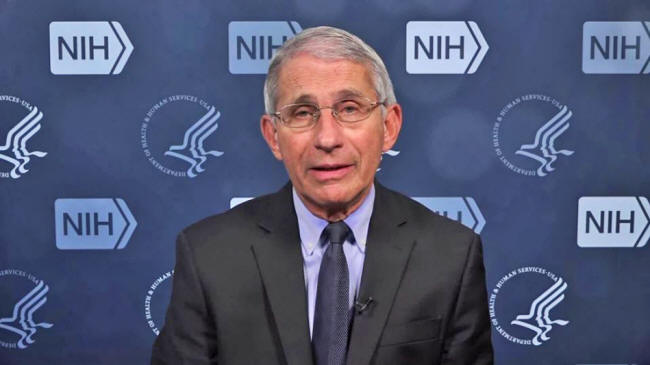|
by Mikael Nordfors
Information sent by
CFGO
This document (The
Fauci/COVID-19 Dossier) is prepared for humanity by Dr.
David E. Martin.
All documents, references and disclosures contained herein are subject to an AS-IS representation.
The author does not bear responsibility for errors in the public record or references therein.
Throughout this document,
uses of terms commonly accepted in medical and scientific literature
do not imply acceptance or rejection of the dogma that they
represent.
In our 2003-2004 Global Technology Assessment: Vector Weaponization, M·CAM highlighted China's growing involvement in Polymerase Chain Reaction (PCR) technology with respect to joining the world stage in chimeric construction of viral vectors...
Since that time, on a weekly basis, we have monitored the development of research and commercial efforts in this field, including, but not limited to,
...and many other research institutions, and their commercial affiliations.
As early as May 21, 2000, Dr. Baric and UNC sought to patent critical sections of the coronavirus family for their commercial benefit. 1
In one of the several papers derived from work sponsored by this grant, Dr. Baric published what he reported to be the full length cDNA of SARS CoV in which it was clearly stated that SAR CoV was based on a composite of DNA segments.
Against this backdrop, we noted the unusual patent prosecution efforts of the CDC, when on April 25, 2003 they sought to patent the SARS coronavirus isolated from humans that had reportedly transferred to humans during the 2002-2003 SARS outbreak in Asia.
On April 19, 2002, the Spring before the first SARS outbreak in Asia - Christopher M. Curtis, Boyd Yount, and Ralph Baric - filed an application for U.S. Patent 7,279,372 for a method of producing recombinant coronavirus.
In the first public record of the claims, they sought to patent a means of producing,
This work was supported by the NIH grant referenced above and GM63228.
In short, the U.S.
Department of Health and Human Services was involved in the funding
of amplifying the infectious nature of coronavirus between 1999 and
2002 before
SARS was ever detected in humans. This legality did not deter CDC in their efforts.
Their application, updated in 2007, ultimately issued as U.S. Patent 7,220,852 and constrained anyone not licensed by their patent from manipulating SARS CoV, developing tests or kits to measure SARS coronavirus in humans or working with their patented virus for therapeutic use.
Work associated with this virus by their select collaborators included considerable amounts of,
In short, with Baric's
U.S.
Patent 6,593,111 (Claims 1 and 5)
and CDC's '852 patent (Claim 1),' no research in the United States
could be conducted without permission or infringement.
In this capacity, he was both responsible for determining "novelty" of clades of virus species but directly benefitted from determining declarations of novelty in the form of new research funding authorizations and associated patenting and commercial collaboration.
Together with CDC, NIAID, WHO, academic and commercial parties, including,
...and others, a powerful
group of interests constituted what we would suggest are
"interlocking directorates" under U.S. anti-trust laws.
This event, funded by the principal investor in Sherlock Biosciences and linking interlocking funding partner, the Bill and Melinda Gates Foundation into the GPMB mandate for a respiratory disease global preparedness exercise to be completed by September 2020 alerted us to anticipate an "epidemic" scenario.
We expected to see such a
scenario emerge from Wuhan or Guangdong China, northern Italy,
Seattle, New York or a combination thereof, as Dr. Zhengli Shi
and Dr. Baric's work on zoonotic transmission of coronavirus
identified overlapping mutations in coronavirus in bat populations
located in these areas.
It is, however, indicative the numerous criminal violations that may be associated with the COVID-19 terrorism. All source materials are referenced herein.
An additional detailed breakdown of all the of individuals, research institutions, foundations, funding sources, and commercial enterprises can be accessed upon request.
|


